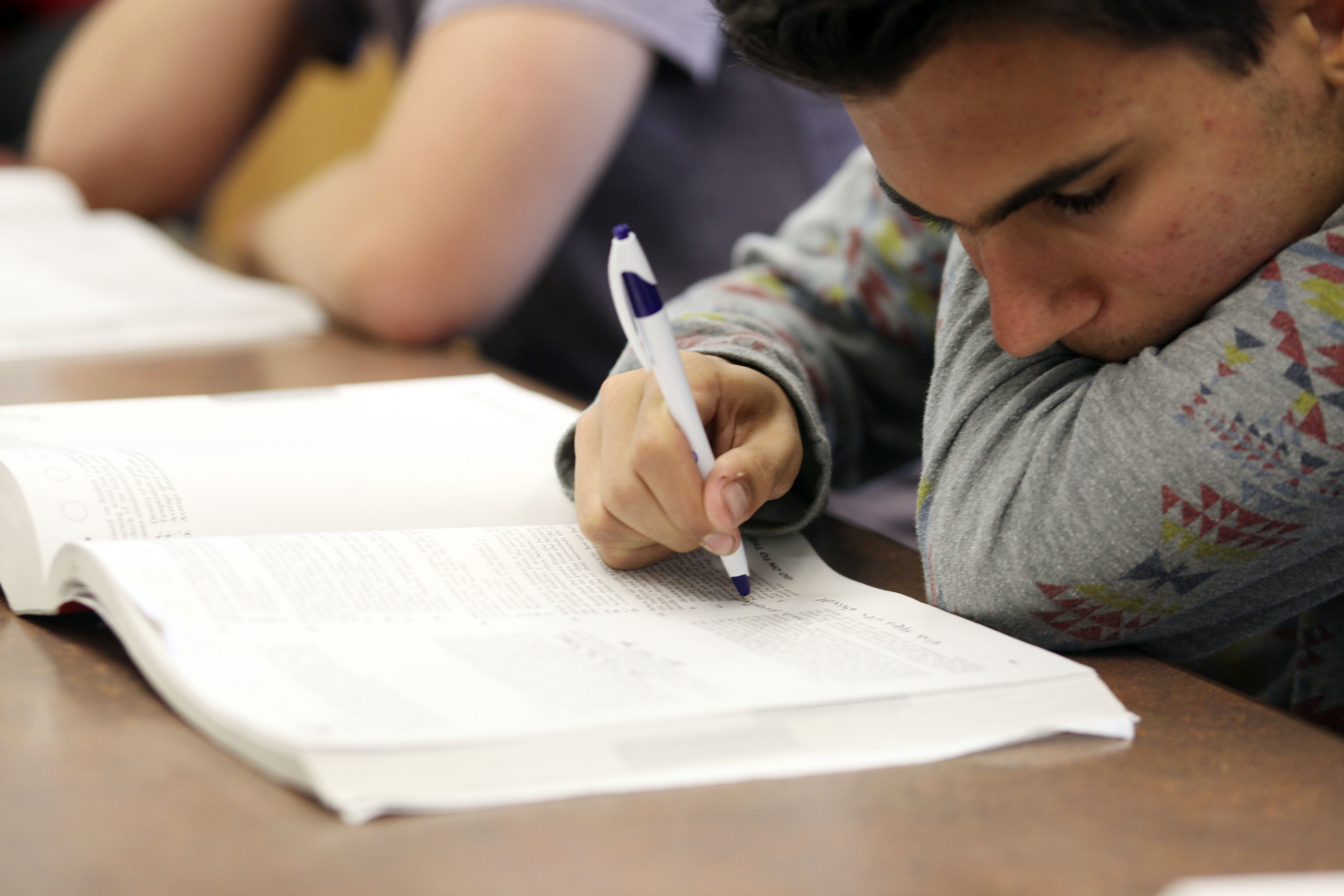ESM Welcomes College MatchPoint to the Team! Learn More

The college application process gets a lot of attention, and rightfully so. It is rigorous, long, and requires organization and foresight. But it isn’t the only application process that operates in this way.
Applying to private high schools can be just as challenging and also require many of the same skills. Specifically, it is centered around a standardized test that can be intimidating for students who are not prepared for it. To help you through the testing portion of this process (as well as some other notes along the way). here is a timeline for taking the SSAT or ISEE:
Every school is different. Although many schools you look at will accept either the ISEE or the SSAT, it is essential that you check early. With this in mind, a call to the admissions office can be a worthwhile exercise. A school may accept both tests but have a preference for one (and/or may be test-optional or test-blind, especially this year).
As a general rule of thumb, leave no stone unturned in finding out what the school wants to see when it comes to testing; this includes scores, number of tests they’ll accept, timelines they may have, and other general preferences.
If there is a need for one test over the other, then your decision is made for you. If, however, you find that there is the option for both, then the decision comes down to your student.
At the end of the day, these two tests are very similar. Typically, the differentiating point is strength in English versus strength in Math. Those students more comfortable with reading and language tend to do better on the SSAT, whereas those students who excel in Math perform higher on the ISEE. Another important differentiator is that the SSAT offers retakes frequently, whereas the ISEE requires a longer gap in between retakes.
If you are looking for more guidance than this, however, don’t be afraid to reach out to experts (seaston@esmprep.com) and have your student take a diagnostic in each to see which yields better results. On that note...
In my experience, taking a diagnostic before the school year is the best bet. This gives your student a chance to take the test fresh and without other responsibilities to manage. Sometimes a student is rusty coming off summer break, but this is also the best opportunity you have to capture their undivided attention and raw ability.
This may not be a surprise coming from a test prep mentor, but the key to this and every test is preparation. If you are not going to do tutoring, however, there are a plethora of resources available - many directly from the testing sources themselves.
The key to making this time productive and successful is using your student’s personal profile and strengths to guide your work. Putting in the time in the areas that will show the most return is the key to prep success!
This is the easy part! Now that all the hard work is done, your student can sit back, relax, and put it all to use on test day.
Typically, the scores for the test will arrive one to two weeks after testing. This is a moment to celebrate and recalibrate. Now that you have a solid piece of data, you can hone in on one school or expand your application process.
The beauty of these tests is that multiple test dates and the ability to retest are at your fingertips. An important note, though, is that the SSAT is much more conducive to retesting. Either way, before deciding on a retest, check with the schools you are applying to (if you haven’t already) because some may not accept more than one score and therefore may not consider further tests.
If the school does accept additional tests, it is important to remember that additional tests are only worthwhile if your student is able to put in additional prep and/or if there were extenuating circumstances the first time around.
Although it varies by school, most applications are due at the start of the new year. This entails a lot more than the SSAT/ISEE and also requires a prolonged timeline of preparation, but that’s a story for another article!